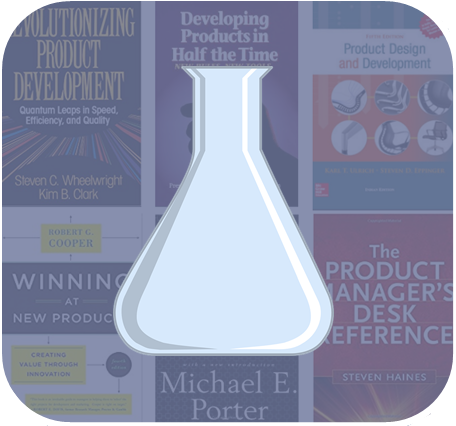“Customer Value = Benefits – Costs”
This is written in the book exactly in that form. Super simple. P. 70.
Shortly after this in the book is this sentence: “It is important to emphasize that product features become benefits only when they address the needs of the consumer.”
Features do not necessarily equal benefits. This is a huge and PROFOUND statement. A feature is not a benefit, necessarily.
What are consumer needs? That’s the $64,000 question (nobody uses that expression anymore, but it somehow felt like the right thing there). Figuring out your customer’s needs is paramount.
Where to start? Consider Maslow’s hierarchy of needs:
- Physiological (food, water, clothing)
- Safety
- Love, affection, belongingness
- Esteem
- Self-actualization
Needs are everywhere, in a variety of dimensions, levels, and they can be served throughout the purchase and product lifecycle. Think about purchases you make and how they serve a variety of those needs listed above.
And since needs are everywhere, there is a near endless opportunity to provide benefits and value. Examples include improving the experience of a purchase (ever check-out in the Apple store…you do it with your sales associate on the spot), or consider the service provided throughout the life of a car (most certainly adding value).
What’s the key take-away?
- Value is a really simple concept: benefits minus costs
- Needs are everywhere
- Value can be delivered throughout the product life-cycle
